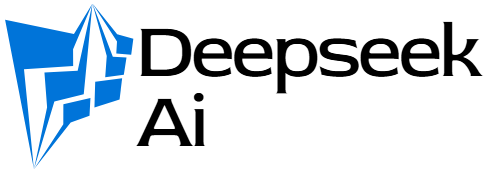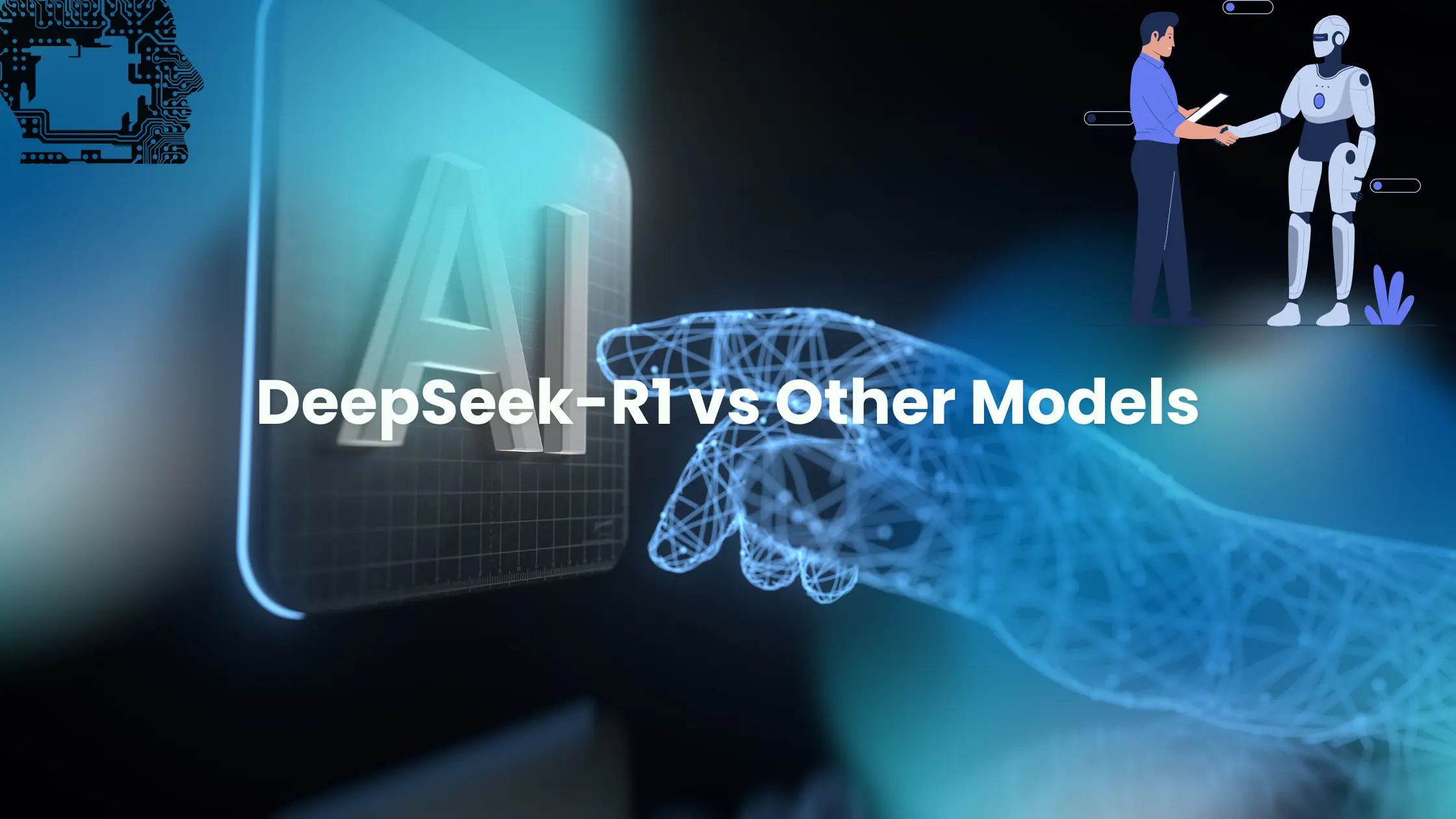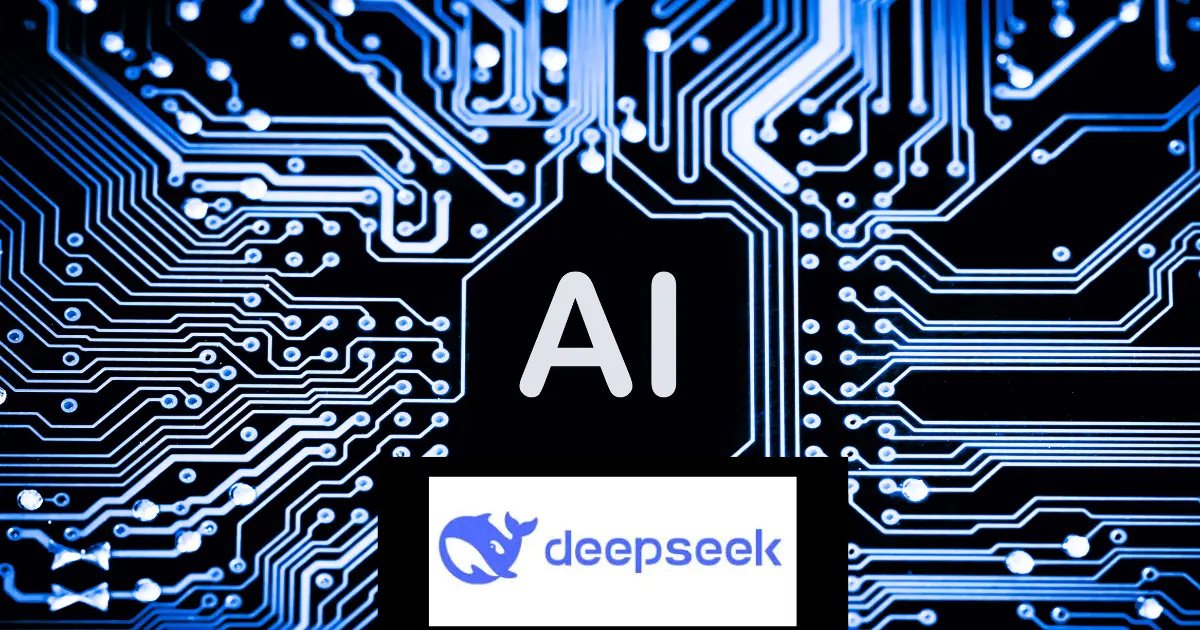As enterprises race to adopt AI, DeepSeek has emerged as a leader in customized solutions, offering models like DeepSeek-R1, Janus Pro 7B, and DeepSeek-Lite. But how do these models differ, and which one fits your needs? This article breaks down their technical specs, performance, and real-world applications while addressing key FAQs.
What Is DeepSeek-R1?

DeepSeek-R1 is the company’s flagship enterprise AI model, designed for high-stakes industries like healthcare, finance, and supply chain management. Built on a 130-billion-parameter architecture, it excels in real-time analytics, predictive modeling, and processing unstructured data with 95%+ accuracy. Its proprietary Multi-Task Reinforcement Learning (MTRL) framework enables seamless adaptation to niche workflows.
DeepSeek-R1 vs. Other Models: Key Differences
| Feature | DeepSeek-R1 | Janus Pro 7B | DeepSeek-Lite |
|---|---|---|---|
| Parameters | 130B | 7B | 3B |
| Latency | <50ms | <200ms | <500ms |
| Training Data | 10T tokens | 2.5T tokens | 1T tokens |
| Use Cases | Enterprise automation | Mid-market analytics | Small business tasks |
| Cost Efficiency | Premium | Moderate | Budget-friendly |
| Customization | Full API integration | Limited SDK | Pre-trained modules |
1. Performance: Speed vs. Scalability
- DeepSeek-R1: Optimized for low-latency, high-volume tasks (e.g., real-time fraud detection).
- Janus Pro 7B: Balances speed and cost for mid-sized firms needing rapid insights.
- DeepSeek-Lite: Ideal for routine tasks like customer sentiment analysis.
2. Training Data and Accuracy
R1’s 10T-token dataset (vs. 2.5T for Janus Pro 7B) ensures superior accuracy in complex scenarios, such as diagnosing rare medical conditions. However, Janus Pro 7B’s smaller size makes it 40% faster to deploy.
3. Customization and Integration
While R1 supports full API/SDK integration, DeepSeek-Lite offers plug-and-play modules for startups. Janus Pro 7B strikes a balance with limited SDK access for tailored workflows.
FAQs About DeepSeek Models
1. What Makes DeepSeek-R1 Unique?
R1’s MTRL framework allows simultaneous learning across tasks without retraining, reducing deployment time by 60% compared to Janus Pro 7B. It’s also the only DeepSeek model compliant with EU and US data privacy laws.
2. Is Janus Pro 7B Obsolete After R1’s Launch?
No. Janus Pro 7B remains popular for its cost-efficiency and compatibility with legacy systems. R1 targets large enterprises with deeper budgets and complex needs.
3. Can DeepSeek-Lite Handle Multilingual Data?
Yes, but with limitations. Lite supports 15 languages at 85% accuracy, while R1 and Janus Pro 7B cover 50+ languages with near-human translation quality.
4. Which Model Is Best for Healthcare?
R1’s HIPAA-compliant architecture and ability to parse medical journals make it ideal. Janus Pro 7B suits smaller clinics for patient scheduling and basic diagnostics.
5. How Does Pricing Compare?
- R1: Subscription-based (starts at $15K/month).
- Janus Pro 7B: Pay-as-you-go ($0.10/query).
- Lite: Freemium model (upgrades from $99/month).
Technical Challenges and Solutions
- Energy Consumption: R1 uses 30% more power than Janus Pro 7B. DeepSeek offsets this via partnerships with Constellation Energy (CEG) for green data centers.
- Integration Complexity: R1’s API requires DevOps expertise, whereas Lite offers no-code dashboards.
Real-World Applications
- R1: JP Morgan uses it for real-time risk assessment in stock trading.
- Janus Pro 7B: Airbnb leverages it for dynamic pricing analytics.
- Lite: SMEs deploy it for automated customer service chatbots.
Conclusion: Which Model Should You Choose?
- Enterprises: DeepSeek-R1 for scalability and precision.
- Mid-Market: Janus Pro 7B for balanced performance.
- Startups: DeepSeek-Lite for affordability.
Also Read:DeepSeek AI: Ownership, Features, and How It Compares to ChatGPT




